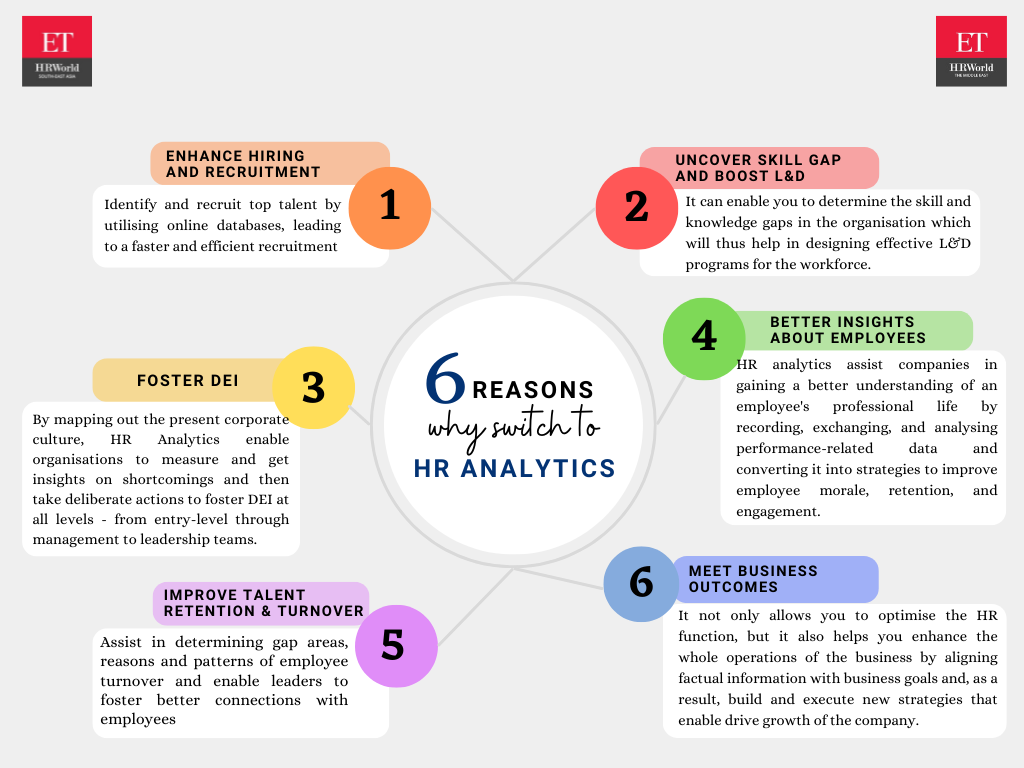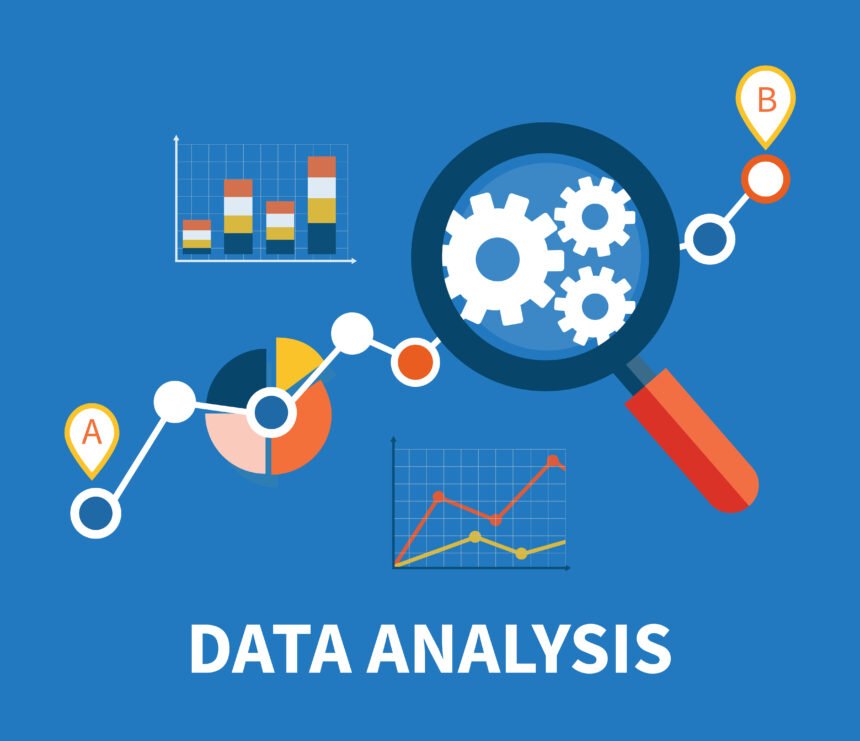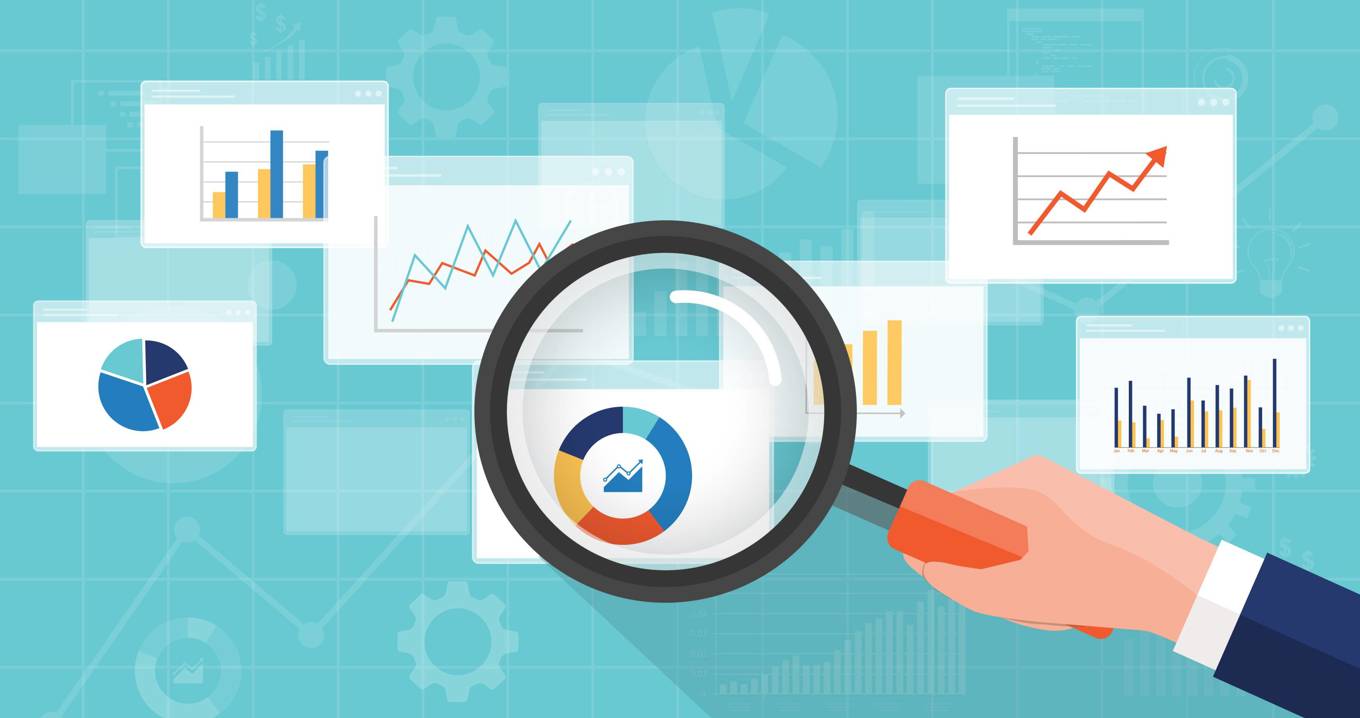How to Make Smarter Selections Making Use Of Proven Analytics Techniques
How to Make Smarter Selections Making Use Of Proven Analytics Techniques
Blog Article
Increase Performance and Earnings Through Data Analytics
In today's data-driven landscape, businesses are progressively identifying the crucial function of information analytics in enhancing operational efficiency and profitability. By methodically analyzing information, organizations can reveal crucial understandings that educate tactical decisions, streamline processes, and dressmaker customer experiences.
Comprehending Information Analytics
In today's data-driven landscape, recognizing data analytics is important for companies aiming to enhance operational efficiency and drive earnings. Data analytics entails the methodical computational analysis of information collections to discover patterns, connections, and insights that inform decision-making. By employing different techniques, such as statistical evaluation, machine learning, and predictive modeling, organizations can transform raw data right into workable intelligence.
The process generally starts with information collection, where appropriate information is gathered from numerous resources, consisting of transactional data sources, customer interactions, and market patterns. This information is after that cleaned up and arranged to make sure precision and uniformity. As soon as the data is prepared, analytical devices and software are used to discover and visualize the information, enabling stakeholders to recognize anomalies and trends.
Inevitably, understanding information analytics empowers organizations to make educated decisions based upon empirical evidence instead of intuition. It assists in targeted techniques that can optimize source allotment, enhance customer contentment, and boost general efficiency. As businesses increasingly recognize the worth of data-driven understandings, a solid understanding of data analytics comes to be a critical proficiency for leaders and teams alike, positioning them for continual success in an affordable atmosphere.

Key Benefits for Businesses
Services that utilize data analytics can open a wide range of benefits that considerably boost their operations and productivity. Among the primary benefits is improved decision-making. Data analytics offers workable insights stemmed from real-time data, allowing companies to make educated selections that straighten with market demands and customer choices.

In addition, data analytics fosters enhanced client experiences. By recognizing consumer behaviors and preferences, services can tailor their offerings, causing increased contentment and commitment. This tailored strategy commonly leads to higher conversion prices and repeat organization.
Furthermore, information analytics makes it possible for companies to identify arising opportunities and fads. By remaining ahead of the curve, companies can profit from brand-new markets and technologies before their competitors.
Implementing Data-Driven Strategies
Successful application of data-driven methods needs an extensive understanding of both readily available information and organizational goals sources. Organizations needs to initially specify their objectives plainly, making certain alignment between information initiatives and calculated objectives. This clarity allows groups to concentrate on relevant metrics and understandings that drive decision-making.
Next, companies must evaluate their existing data framework. This includes evaluating information high quality, accessibility, and combination capacities. Premium data is important for accurate analysis, as bad data can result in misguided techniques and thrown away sources. Organizations must establish procedures for information collection, cleaning, and administration to maintain data stability.
In addition, cultivating a data-driven culture is important. Staff members at all degrees must be urged to leverage data in their everyday procedures. Educating programs and workshops can enhance data proficiency, encouraging staff to make informed choices based upon logical understandings.
Devices and Technologies Review
A durable collection of devices and modern technologies is important for companies intending to harness the full capacity of data analytics. These devices promote the collection, handling, and visualization of information, enabling organizations to acquire workable insights.
At the foundational degree, information management systems such as SQL data sources and NoSQL systems give efficient data storage space and access capacities. For information handling and analysis, programs languages like Python and R, together with frameworks such as Apache Spark, enable complex estimations and artificial intelligence applications.
Visualization devices, including Tableau and Power BI, transform raw information into intuitive visual styles, making insights available to stakeholders whatsoever degrees. Furthermore, cloud-based systems like Google Cloud and AWS use scalable storage and handling solutions, accommodating the expanding quantities of information organizations run into.
For advanced analytics, predictive modeling and AI-driven options are progressively adopted, permitting firms to forecast fads and improve decision-making processes. Integrating these devices into existing operations is paramount; organizations that efficiently utilize this modern my link technology can substantially enhance functional efficiency and drive productivity. Therefore, purchasing the right devices and technologies is a tactical vital for any kind of data-driven company.
Study of Success
Leveraging data analytics has led many companies to attain remarkable enhancements in effectiveness and productivity. One remarkable case browse around these guys is a big retail chain that carried out anticipating analytics to optimize stock monitoring. By examining historic sales information and consumer patterns, the firm reduced excess inventory by 30%, resulting in substantial price financial savings and boosted cash flow.
One more example can be found in the manufacturing field, where a leading vehicle supplier made use of information analytics to enhance its manufacturing procedures. By keeping an eye on device performance in real-time, the company identified inadequacies and bottlenecks, resulting in a 20% rise in overall devices effectiveness (OEE) This not only improved production prices but likewise reduced downtime and upkeep costs.

These case researches show how data analytics can drive calculated decision-making, maximize procedures, and inevitably improve both performance and success across numerous markets.
Final Thought
In conclusion, the assimilation of information analytics into organization procedures offers substantial chances for boosting performance and profitability. By systematically assessing data, companies can recognize inadequacies, maximize consumer experiences, and make notified choices. The fostering of predictive modeling and real-time surveillance even more allows businesses to stay ahead of arising trends and allot resources effectively. Ultimately, the strategic implementation of data-driven methodologies promotes sustained affordable benefits and drives substantial enhancements in operational efficiency and monetary outcomes.
In today's data-driven landscape, understanding information analytics is important for companies aiming to improve operational effectiveness and drive productivity. Information analytics involves the methodical computational evaluation of data sets to uncover patterns, relationships, and insights that inform decision-making. Information analytics gives actionable insights derived from real-time data, allowing companies to make enlightened selections that line up with market needs and consumer choices.
High-quality data is necessary for precise analysis, as bad information can lead to misdirected approaches and wasted sources. Organizations must develop procedures for information collection, cleansing, and administration to maintain have a peek at this website information honesty.
Report this page